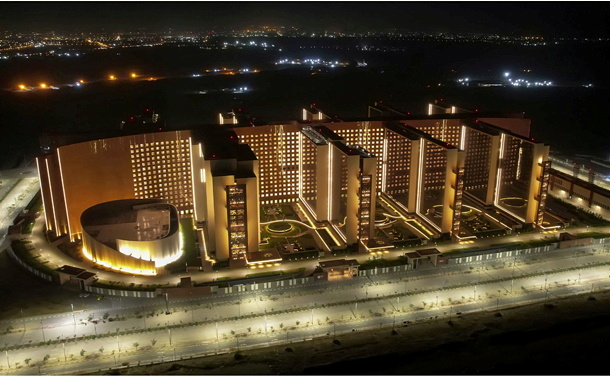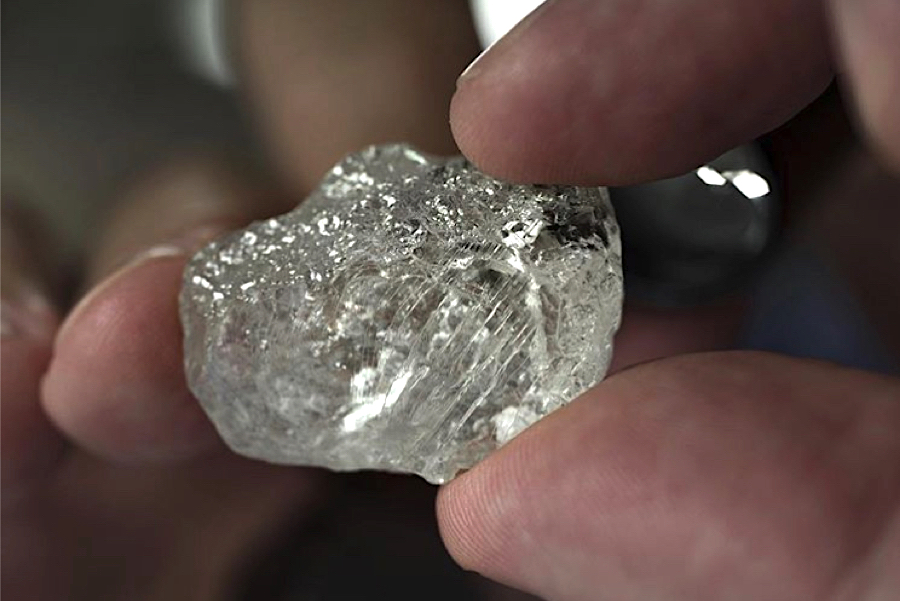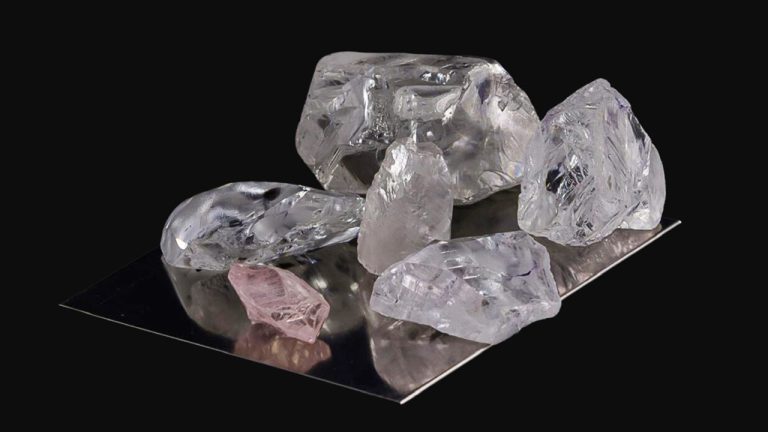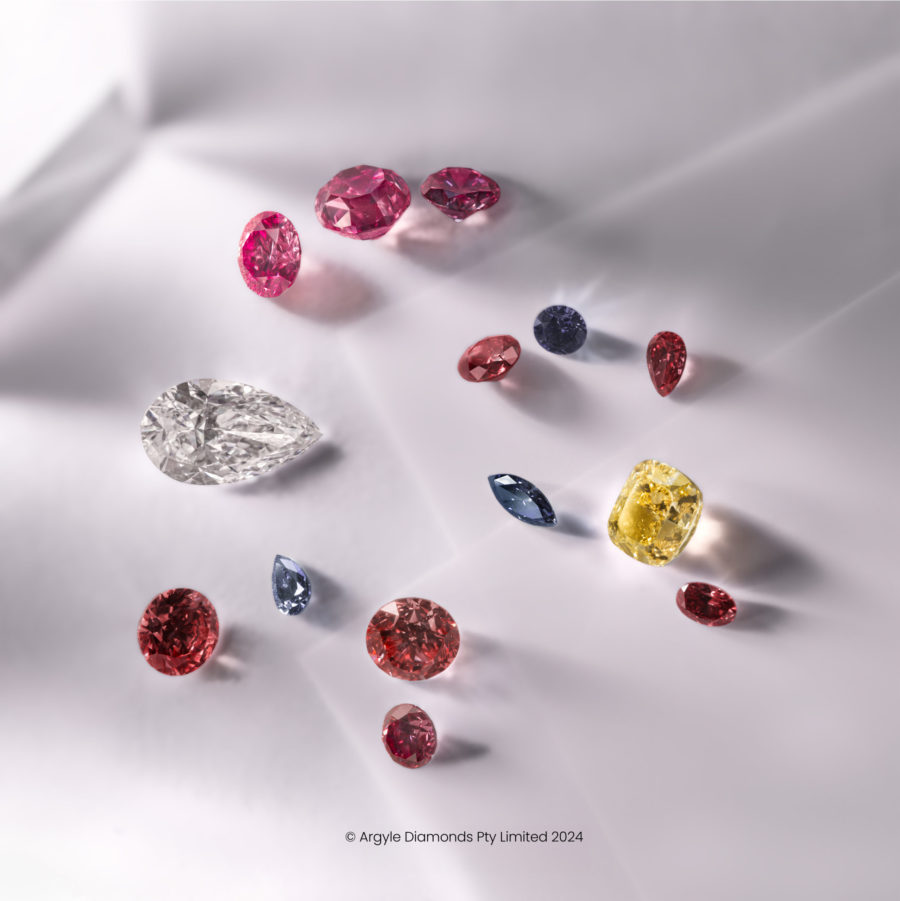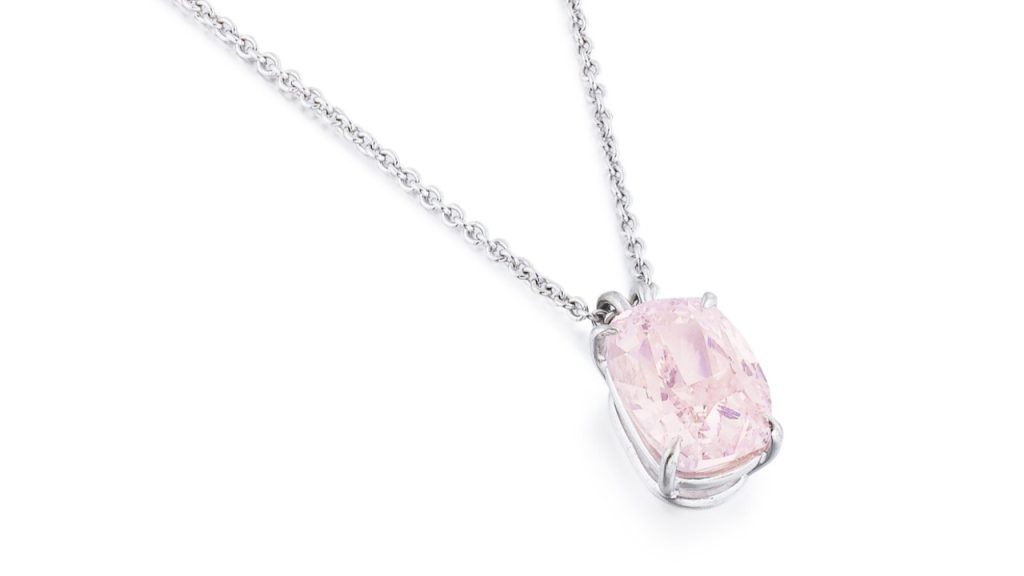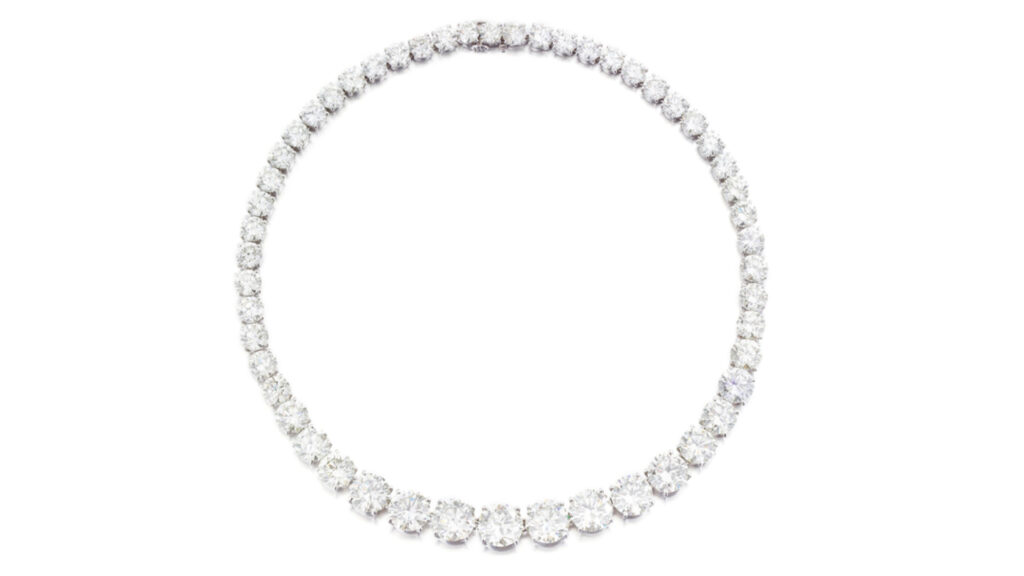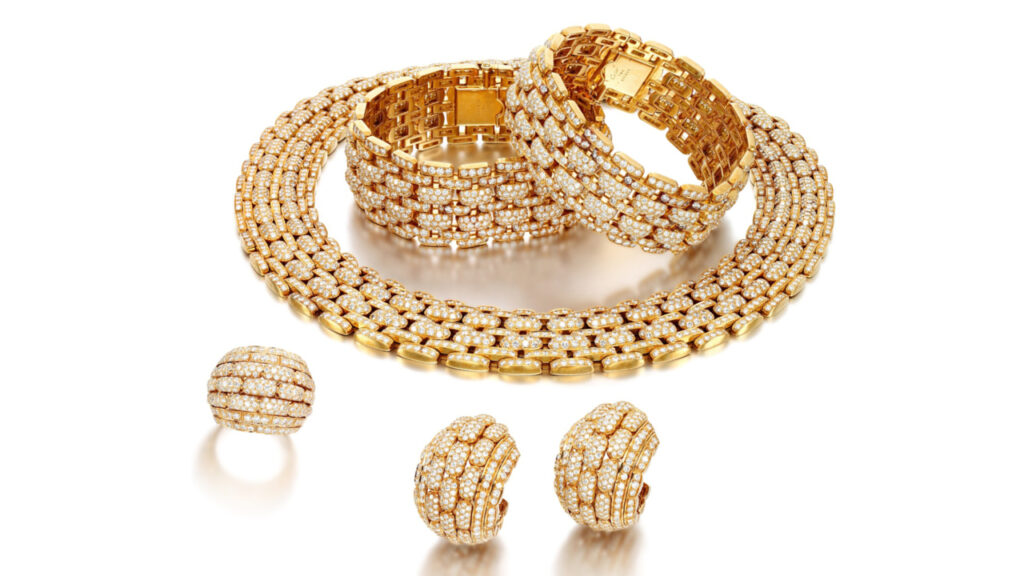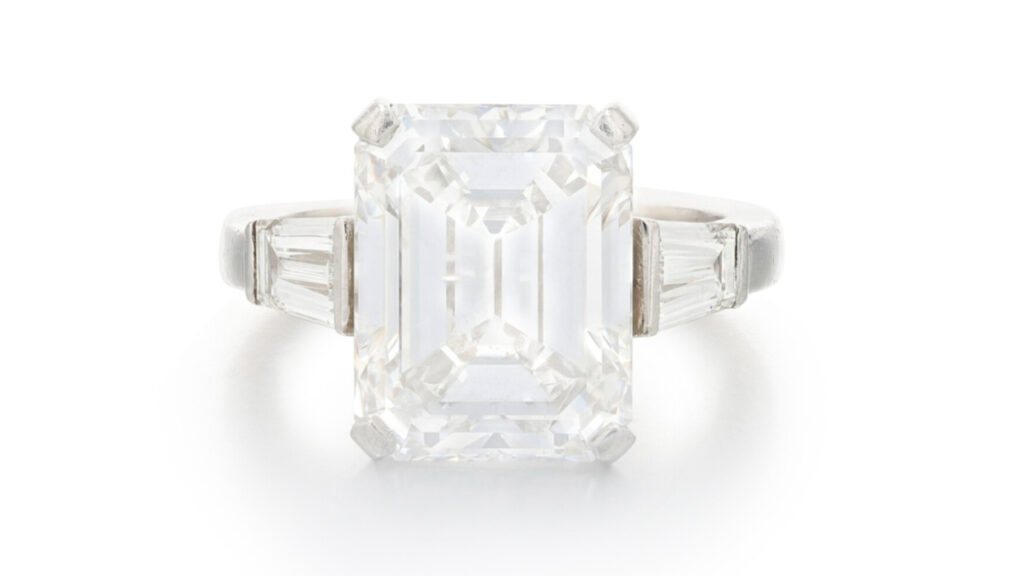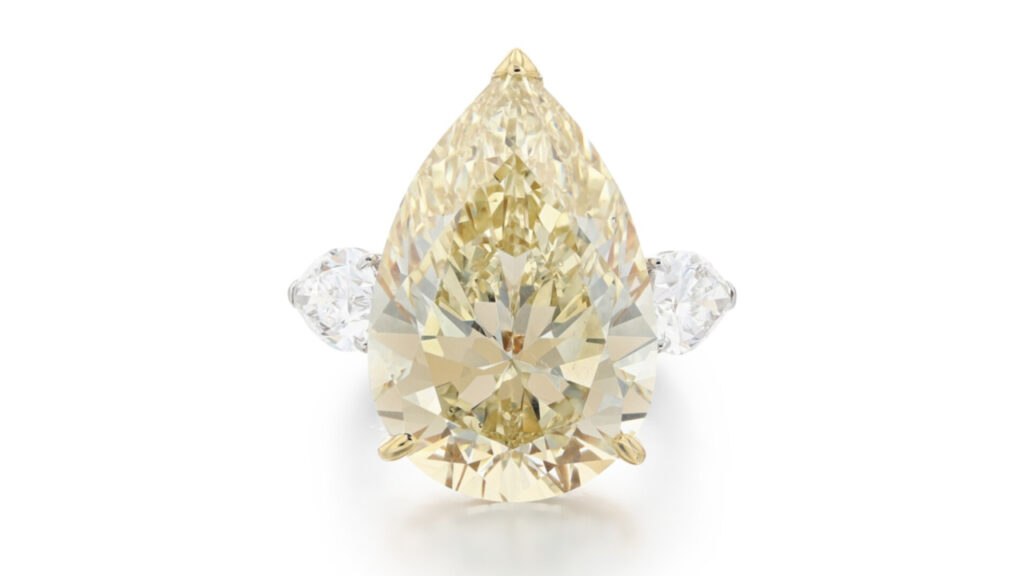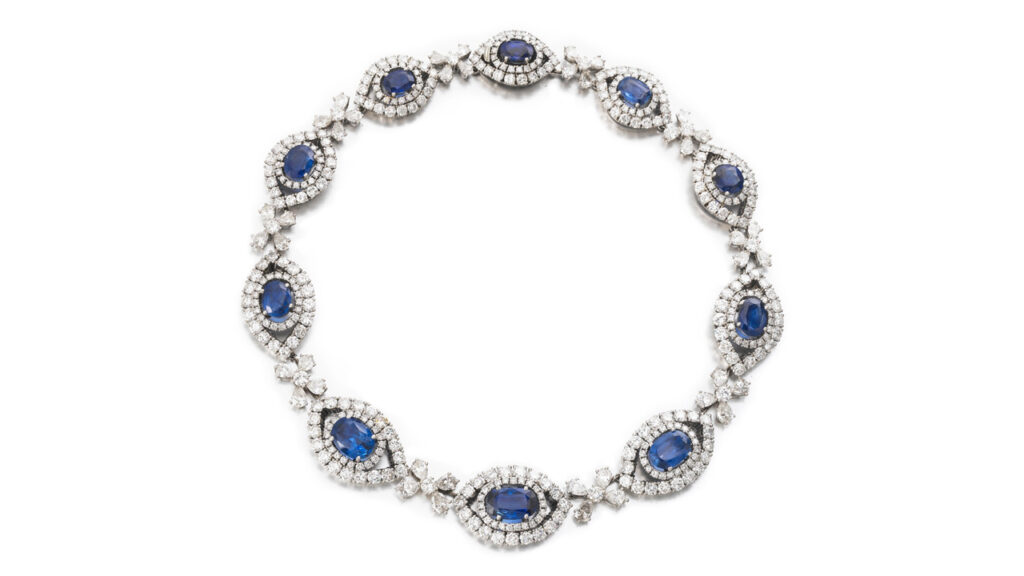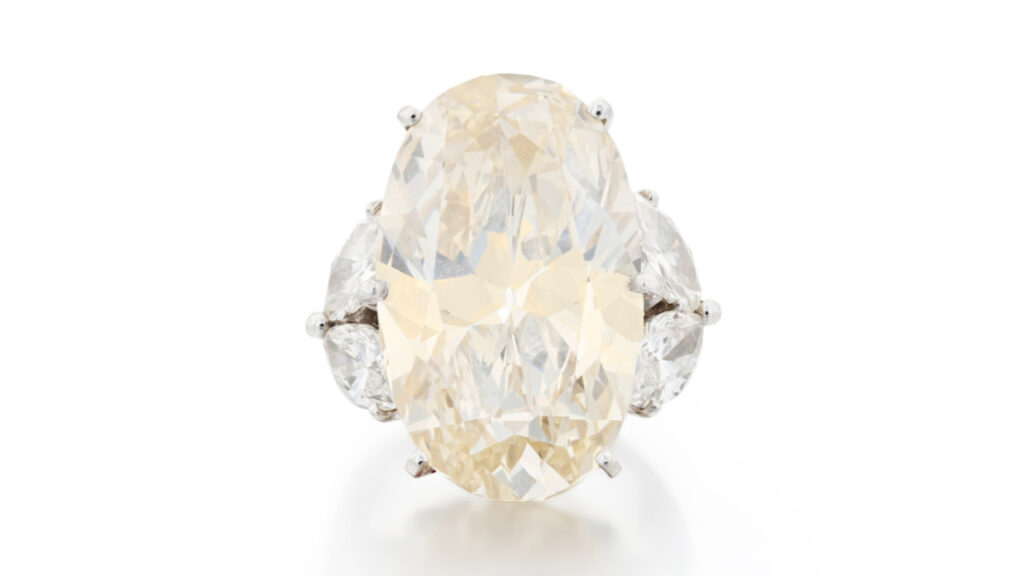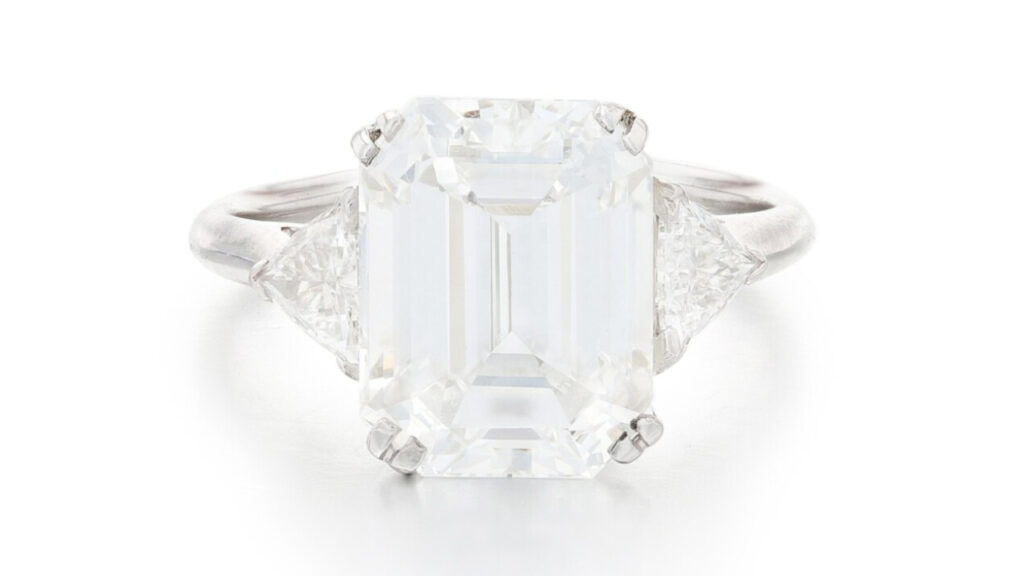
Lucapa Diamond and Petra Diamonds provided a glimmer of hope for the precious gemstones market on Tuesday by posting stronger revenues and production figures, signalling a potential recovery in the depressed diamond market.
Australia’s Lucapa achieved third-quarter revenue of $16.9 million, an 86% year-on-year increase, driven mainly by the sale of high-quality diamonds, averaging $3,033 per carat.
This growth was also attributed to the company’s access to higher-grade mining blocks, a result of strategic river diversions aimed at mitigating the impact of flooding at the Lulo operation in Angola.
Nick Selby, Lucapa’s managing director, expressed optimism about the future, especially with the access gained to the higher-grade Lazaria gravel, historically known for producing large, high-value diamonds.
“We are aiming for a strong finish to the year,” Selby said, noting that the company sold a 176-carat diamond for $3 million, further boosting results.
Africa-focused Petra Diamonds also reported promising figures, with production rising by 7% to 679,625 carats for the quarter ended September 30. The increase was driven by higher grades at the company’s flagship Cullinan mine in South Africa and its Williamson mine in Tanzania.
Petra’s chief executive officer, Richard Duffy, attributed this growth to “solid performances” from these mines, despite weaker market conditions.
To counteract the softness in the rough diamond market, Petra deferred in August the sale of a significant portion of its South African diamonds. Its combined first and second tenders, however, indicated a 13% increase in overall average prices, thanks to an improved product mix, which included a standout 18.85-carat blue diamond from Cullinan that fetched $8.5 million.
Despite ongoing challenges in the global diamond market, both Lucapa and Petra’s results reflect resilience and strategic adjustments, injecting cautious optimism into a sector eager for recovery.
As both companies continue to leverage high-value diamonds and strategic planning, industry observers remain hopeful for sustained market improvements heading into the end of the year holidays, which tend to help boost diamond sales.
Source: Mining.com


